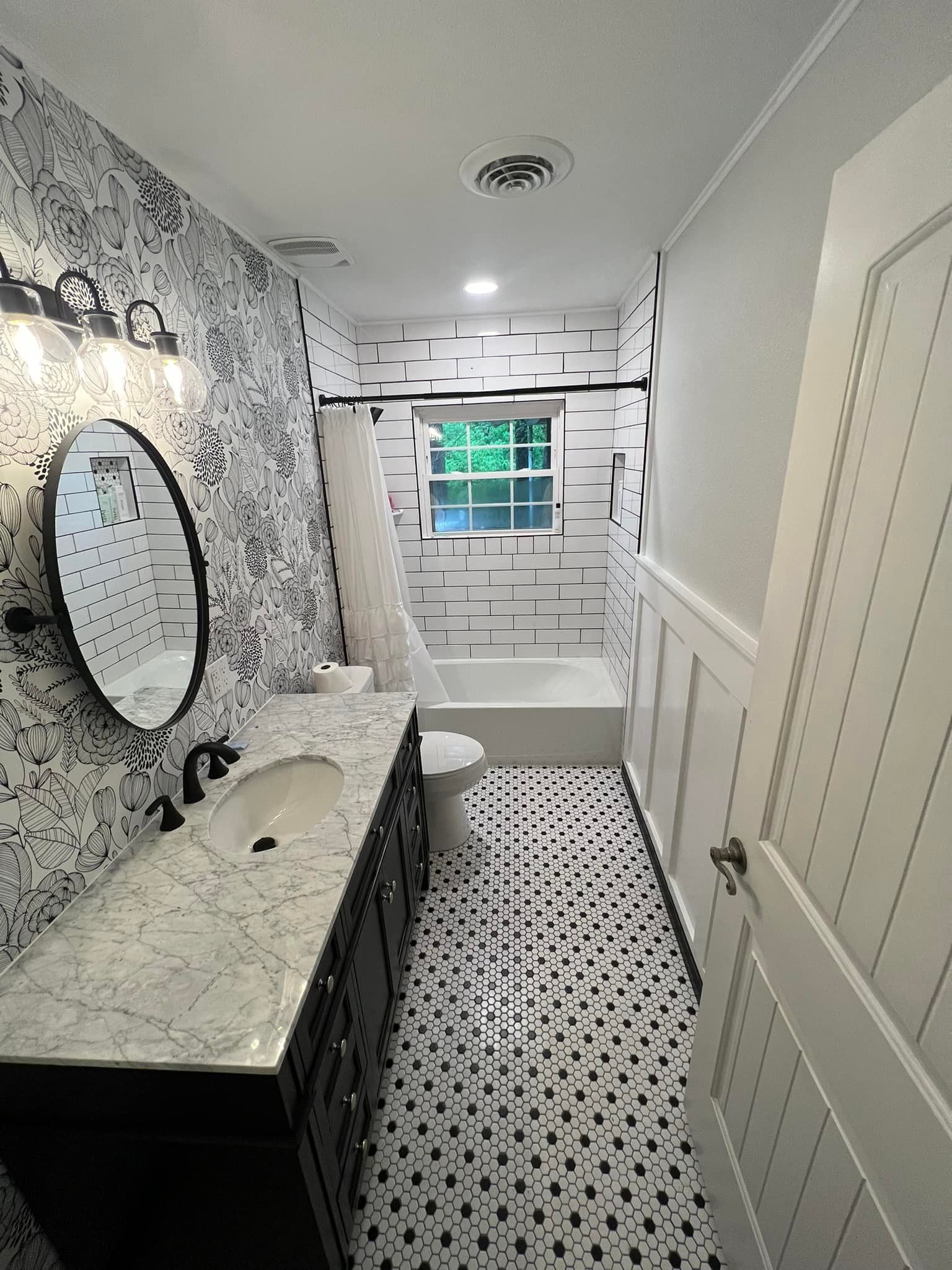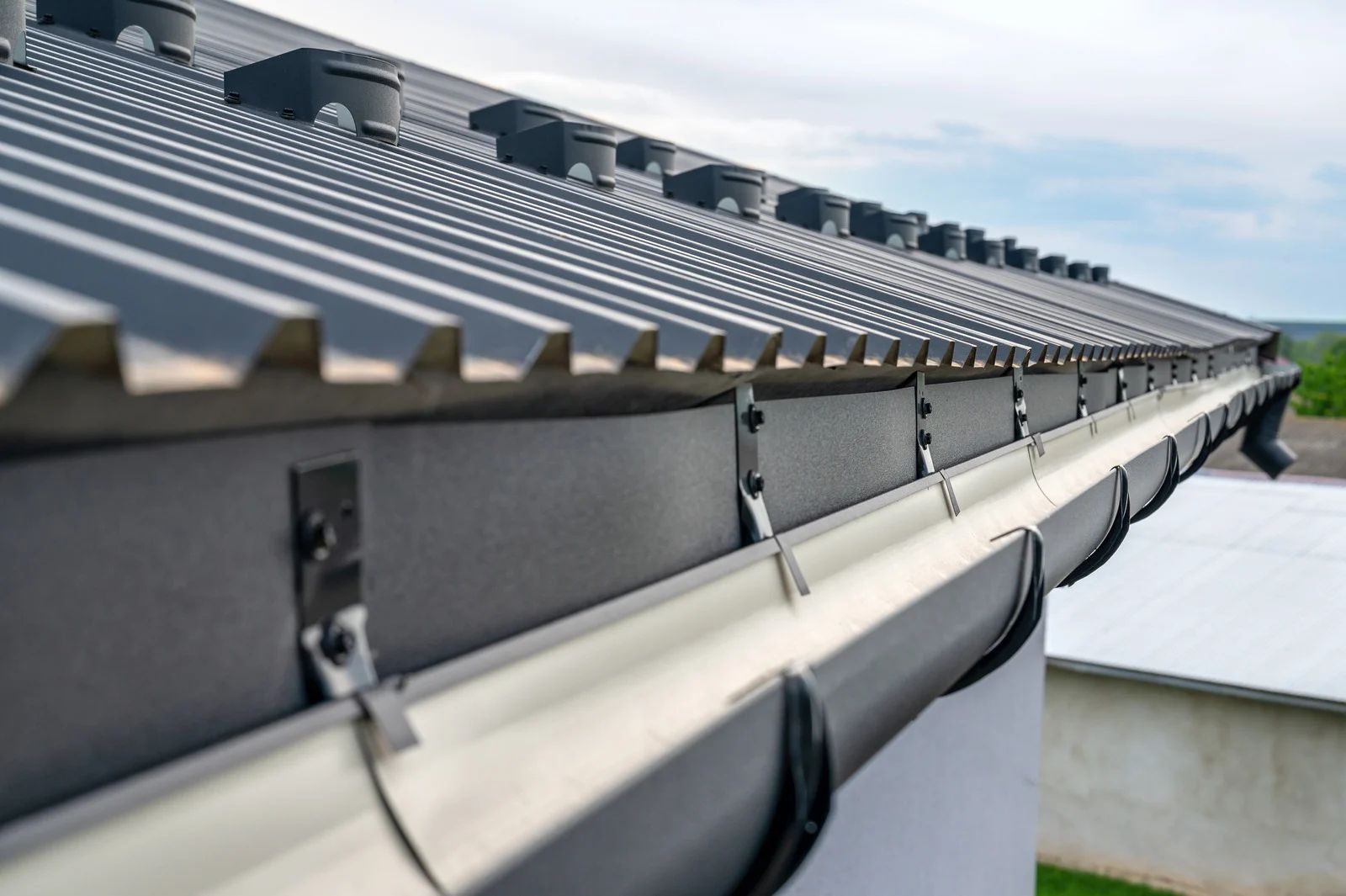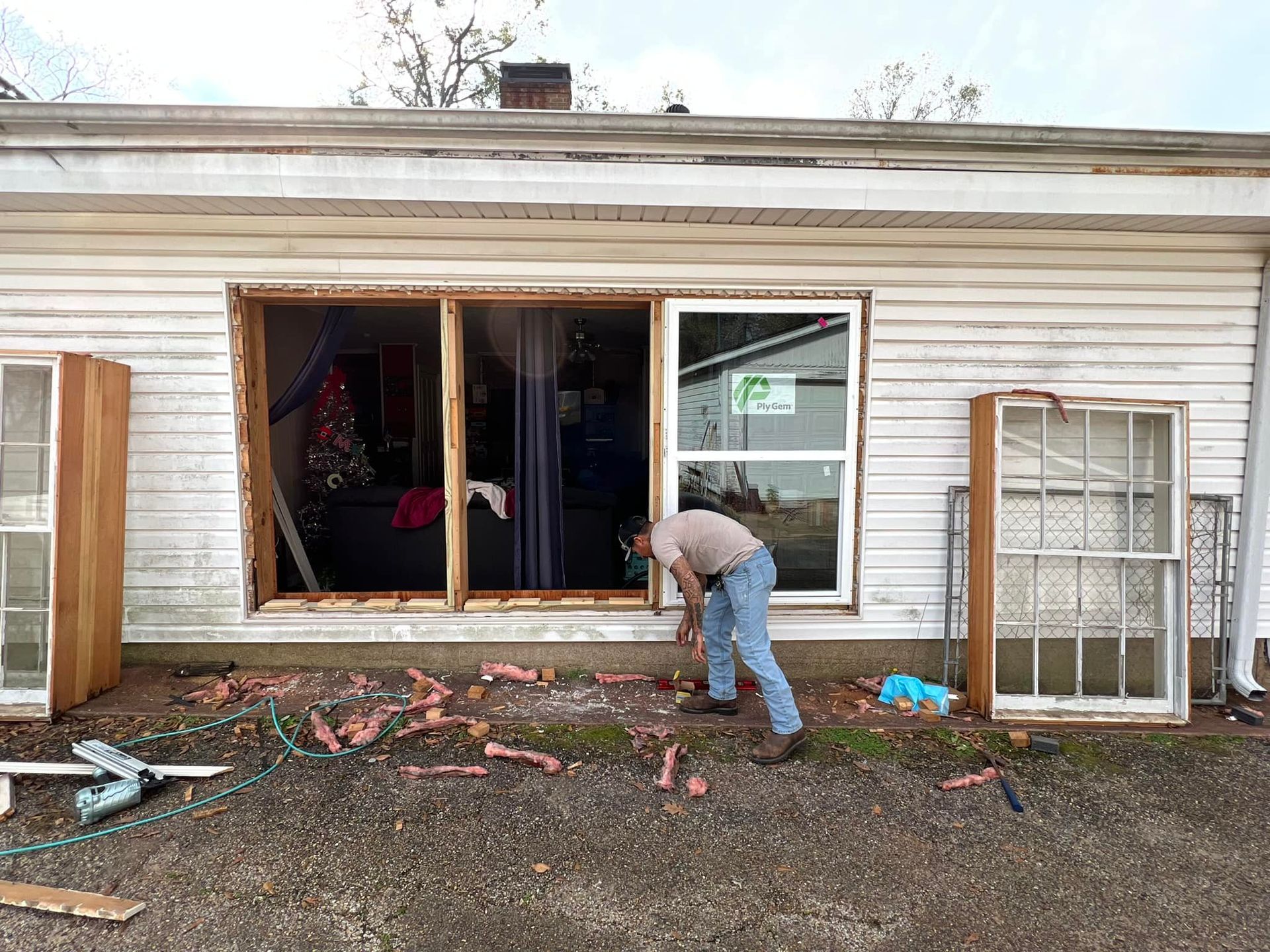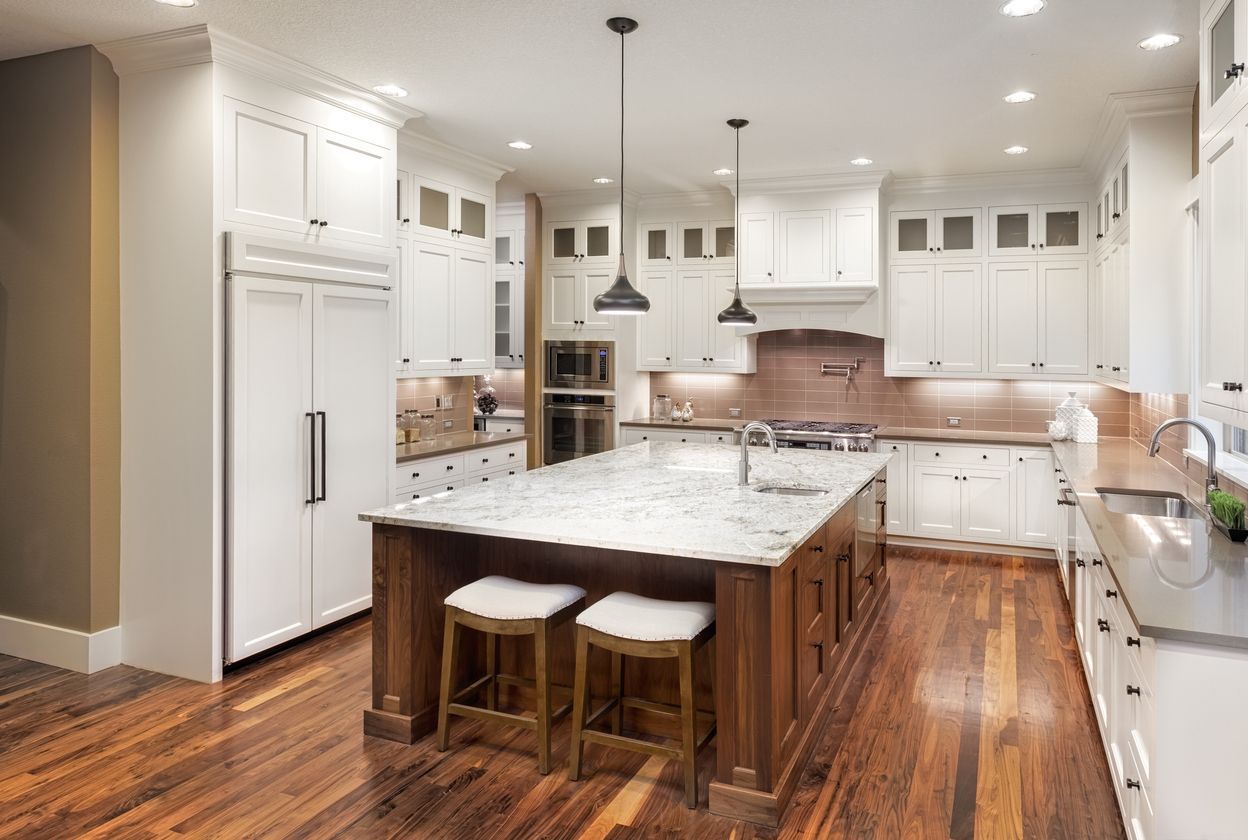The Ultimate Checklist for Planning a Bathroom Renovation
May 10, 2025

Renovating your bathroom can be both exciting and overwhelming. Whether you're updating an outdated space or creating a spa-like retreat, a solid plan is essential. Without proper preparation, costs can skyrocket, and timelines can stretch. That’s why we’ve put together the ultimate checklist to help you stay on track and ensure a smooth renovation process from start to finish.
1. Define Your Goals and Budget
Before anything else, ask yourself why you’re renovating. Do you want a modern upgrade, better functionality, or more storage? Once your goals are clear, establish a budget. Make sure to include costs for materials, labor, permits, and a buffer (typically 10–15%) for unexpected expenses. Your budget will guide every other decision you make.
2. Take Accurate Measurements
Measure your existing bathroom carefully. Include wall-to-wall dimensions, ceiling height, and distances between plumbing fixtures. These numbers will help you and your contractor design a layout that fits the space perfectly. Small measurement errors can lead to big issues, especially with custom cabinetry or tile work.
3. Create a Layout Plan
Once measurements are taken, sketch out a basic floor plan or use an online design tool. Consider keeping the existing layout if plumbing is in good shape—it’ll save on cost. Think about how traffic flows through the room and ensure there’s enough space between fixtures for comfort and ease of use.
4. Choose a Style and Color Scheme
Now’s the time to get creative. Do you prefer a classic, modern, rustic, or minimalist design? Select a cohesive color scheme and stick to it across tiles, cabinetry, and paint. Neutral palettes often create a timeless look, but bold accents can add personality and flair.
5. Pick the Right Materials
Bathrooms face high humidity, so select materials that can handle moisture. Choose porcelain or ceramic tiles for durability, quartz or granite for countertops, and mildew-resistant paint. Don’t forget waterproofing membranes behind tile walls and floors—these are essential to preventing future damage.
6. Decide on Fixtures and Features
List the fixtures you'll need: toilet, vanity, sink, faucet, tub, and/or shower. Will you add extras like a rain showerhead, freestanding tub, or built-in shelving? Factor in lighting too—include task lighting around mirrors and ambient lighting for relaxation. Energy-efficient and water-saving fixtures can help reduce utility bills in the long run.
7. Hire Qualified Professionals
Unless you're doing a basic cosmetic upgrade, you'll likely need licensed professionals for plumbing, electrical, and structural work. Get multiple quotes, check references, and verify insurance. A skilled contractor can also help with permits and coordinate the renovation process.
8. Secure Permits and Schedule Work
Most bathroom renovations require permits—especially if plumbing or electrical systems are being changed. Your contractor can help handle these. Once permits are in place, schedule demolition, rough-ins, inspections, and installation in the correct order to avoid delays.
9. Plan for Temporary Disruption
If this is your only bathroom, plan ahead for how you’ll manage during the renovation. Set up a temporary solution or coordinate with neighbors or family. Expect some dust, noise, and inconvenience—but know it’s all part of the process.
10. Final Inspection and Punch List
After major work is completed, inspect the bathroom thoroughly. Create a punch list of items that need fixing—like touch-up paint, loose hardware, or misaligned tiles. Make sure everything functions properly before making the final payment.
At Nichols Roofing & Construction, we’ve been helping homeowners in Rusk, TX turn their renovation dreams into reality for over 10
years. From planning to execution, we ensure every step of your bathroom remodel is done right. Ready to get started? Contact us today and let's bring your vision to life!





